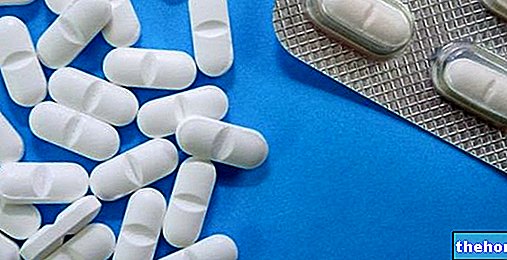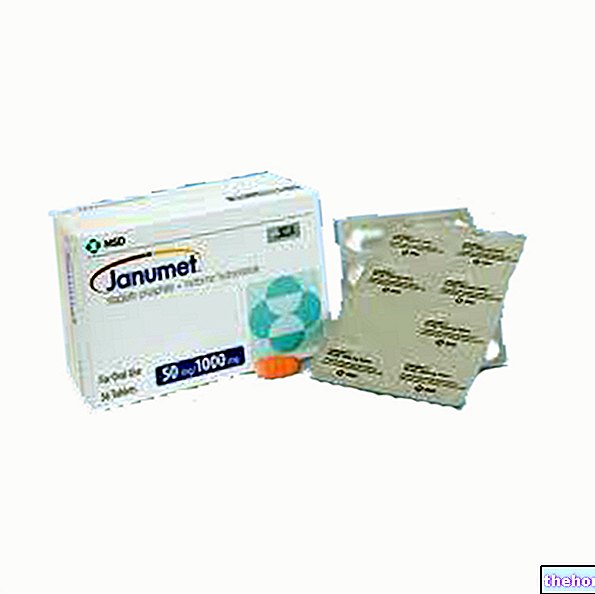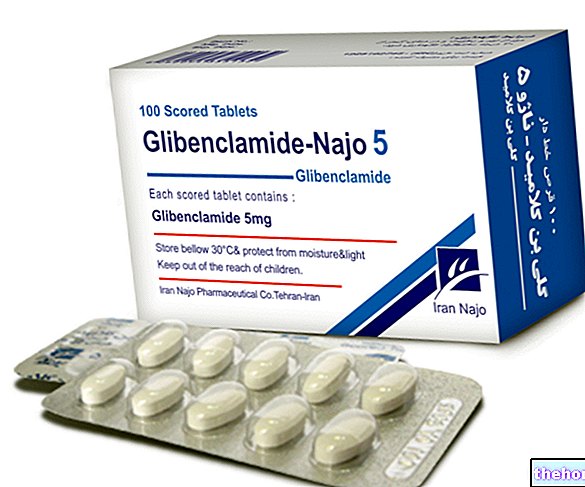
What is Apidra?
Apidra is a solution for injection that contains the active substance insulin glulisine. It is available in vials, cartridges and disposable pre-filled pens (OptiSet and SoloStar).
What is Apidra used for?
Apidra is used to treat diabetes patients over six years of age when they need insulin.
The medicine can only be obtained with a prescription.
How is Apidra used?
Apidra is administered by subcutaneous injection into the abdominal wall (belly), thigh or shoulder, or by continuous infusion using an insulin pump. The injection site should be varied with each injection to avoid skin changes (such as thickening) which can make insulin less effective than expected. To find the lowest effective dose, the patient's blood glucose (sugar) levels should be checked regularly.
Apidra should be administered up to 15 minutes before meals or immediately after meals. Apidra is a short-acting insulin that is used in combination with intermediate or long-acting insulins or insulin analogues (modified forms of insulin). It can also be used in combination with antidiabetic medicines taken by mouth.
How does Apidra work?
Diabetes is a disease in which the body does not produce enough insulin to control the level of glucose in the blood. Apidra is a replacement insulin that is very similar to the insulin produced by the body.
The active substance in Apidra, 'insulin glulisine, is produced by a method known as' recombinant DNA technique ', which means that it is made by a bacterium into which a gene (DNA) has been introduced, which makes it able to produce' insulin glulisine.
Insulin glulisine differs slightly from human insulin. Thanks to this difference, insulin glulisine acts more rapidly and the action has a shorter duration than human short-acting insulin. Replacement insulin acts in the same way as naturally produced insulin and promotes the entry of glucose into cells from the blood. By controlling the level of glucose in the blood, the symptoms and complications of diabetes are reduced.
How has Apidra been studied?
Apidra, used in combination with a long-acting insulin, has been studied in patients with type 1 diabetes (in which the body cannot produce insulin) in two studies involving a total of 1 549 adults and in one study involving 572 children and adolescents between the ages of four and 17.
In type 2 diabetes (where the body is unable to use insulin effectively), Apidra was studied in a study involving 878 adults. In this study, Apidra was used in combination with an 'intermediate-acting insulin and antidiabetic medicines taken by mouth.
In all four studies, Apidra was compared with other insulins or insulin analogues (human normal insulin or insulin lispro). The main measure of effectiveness was the change in the levels of a substance in the blood called glycosylated hemoglobin (HbA1c). , which provides an indication of how well the blood glucose is controlled.
What benefit has Apidra shown during the studies?
Blood glucose control with Apidra was at least as effective as with the comparator insulins. In all studies, the change in HbA1c level observed with Apidra was similar to that seen with the comparator insulins.
In the first study of adults with type 1 diabetes, a decrease of 0.14% (from 7.60% to 7.46%) and 0.14% with insulin lispro was found after six months. Similar reductions were observed in the second adult study, in which Apidra was compared with normal human insulin. In the study in children and adolescents, Apidra and insulin lispro produced similar changes in the level of HbA1c after six months. However, there was insufficient information to show whether Apidra was effective in children less than six years of age.
In adults with type 2 diabetes, there was a 0.46% decrease in HbA1c level after six months of treatment with Apidra compared to 0.30% with normal human insulin.
What is the risk associated with Apidra?
The most common side effect with Apidra (seen in more than 1 in 10 patients) is hypoglycaemia (low blood glucose). For the full list of side effects reported with Apidra, see the package leaflet.
Apidra should not be used in people who may be hypersensitive (allergic) to insulin glulisine or any of the other ingredients. It should not be used in patients who already have hypoglycaemia. The doses of Apidra may also need to be adjusted when given with other medicines that may affect blood glucose levels. See the package leaflet for the full list.
Why has Apidra been approved?
The Committee for Medicinal Products for Human Use (CHMP) decided that Apidra's benefits are greater than its risks for the treatment of diabetes mellitus in adults, adolescents and children over six years of age when treatment with insulin is required. The committee recommended the granting of marketing authorization for Apidra.
Other information about Apidra:
On 27 September 2004, the European Commission granted Sanofi-Aventis Deutschland GmbH a "Marketing Authorization" for Apidra, valid throughout the European Union. The "Marketing Authorization" was renewed on 27 September 2009.
For the full version of Apidra's EPAR click here.
Last update of this summary: 09-2009.
The information on Apidra - insulin glulisine published on this page may be out of date or incomplete. For a correct use of this information, see the Disclaimer and useful information page.
















.jpg)











